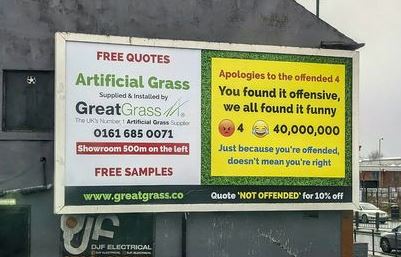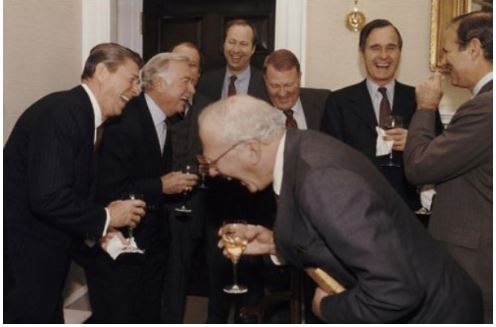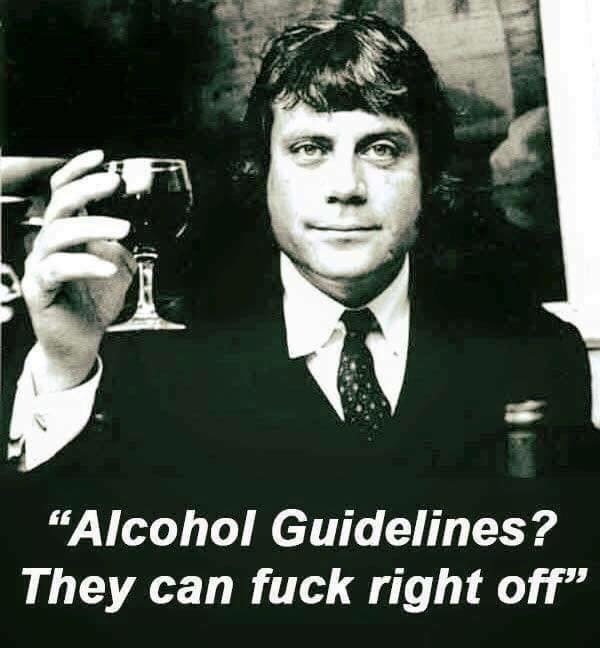As someone who has never drunk more than a mouthful of “light” beer (true story: I tasted a Lite when I first arrived here, didn’t finish the drink, and never touched another of the type ever again), the brouhaha surrounding Bud Light’s marketing decision to elevate some girlyboy to be the brand spokesman has left me totally unmoved — well, apart from bursting out in derisive laughter, that is.
I don’t have a sexy MBA from some elite academic institution, so I’m hardly one to judge this latest example of woke stupidity [redundancy alert]. Nevertheless, here are some core principles I’ve discovered along the way, in a career that spanned over three decades of marketing and advertising.
Marketing Rule #1: You never neglect (never mind alienate) your existing customer base. They are the ones who pay your salaries and keep your production lines moving.
Marketing Rule #2: Once your brand is established, you never chase after “new” customers, but concentrate on getting your existing customers to use your product more. This is both intuitive and cost-effective, except perhaps to an inexperienced person with a sexy MBA from some elite academic institution.
Marketing Rule #3: You never make radical changes to your marketing or advertising strategy, especially when it comes into direct conflict with the philosophy of the first two rules.
Marketing Rule #4: You never let the latest “thing” drive changes to your marketing strategy, especially if that latest “thing” conflicts directly with your brand’s core principle (Unique Selling Proposition, ethos, whatever) and customer base.
And for senior management: if anyone in your marketing structure — executives, ad agency, promotion company, whatever — suggests anything that flies in the face of the above four principles, fire them immediately before they get to make those changes.
Understand that they’re not being fired for making a mistake. They’re being fired for deliberately ignoring the canon of the marketplace.









